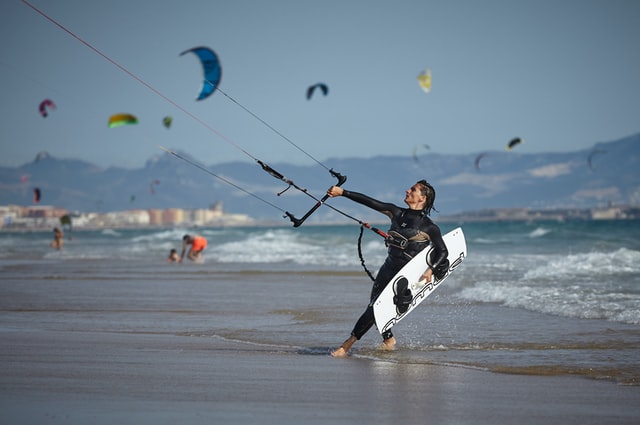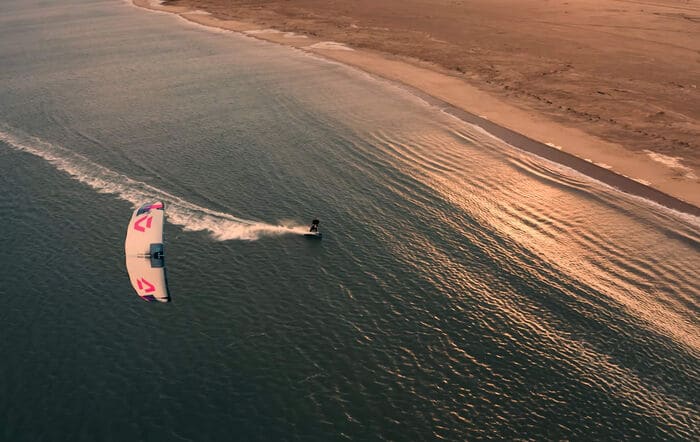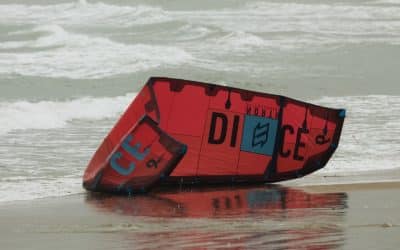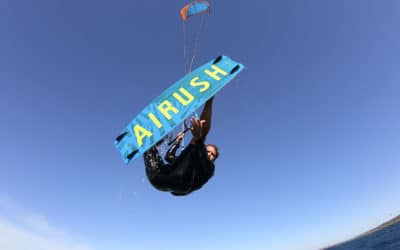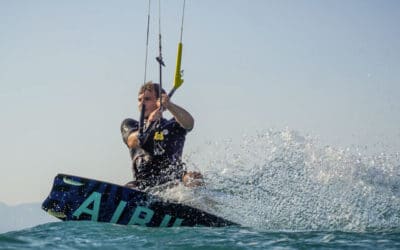How to make a turn in flight in kitesurfing?
All kitesurfers would like to do a quick turn in the air, but this technical manoeuvre requires practice and perseverance to understand the steps involved. In this article, we tell you how to perform this flying turn like a champion. Answers, in the article to follow.
Check the weather conditions
Before leaving for a session, it is essential to check the sailing conditions by consulting the weather and wind forecasts on the best-known websites such as Winds-Up, WindGuru or Windy. The minimum wind required for kiteboarding is between 11 and 13 knots with a side-shore direction, i.e. parallel to the shore or diagonally side-on-shore with a flat water surface and little chop.
Checking your equipment
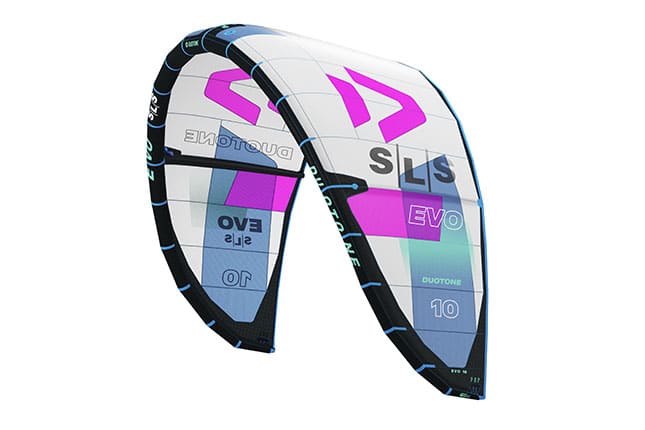
In terms of sailing and windsurfing, the Duotone and Ion brands are the market leaders thanks to their research and development departments, which are constantly improving the performance of their equipment for versatile or more specialised activities such as freeride or wingfoil, for example.
Don’t forget the full wetsuit, which keeps your body warm and gives you freedom of movement. To practice turning in flight, choose an impact vest designed to be worn under a waist harness. Its soft neoprene pads cushion falls on the back, ribs and chest. Finally, the helmet is not a superfluous accessory; it protects the kiter likely to make piloting errors.
Reminder of the rules of priority
In kitesurfing, as on the road, it is necessary to respect the rules of priority so that everyone can make the most of their sport.
Take-off and landing are important moments when the lives of others are at stake. Kiters who are doing one of these two manoeuvres have priority over those who are already in the coastal zone.
The port wind gives way to the starboard wind. In kiteboarding, if your right hand is ahead of your movement then you have priority.
Any kiter who swims to his board has the right of way and the others must move away.
Finally, once you are ready to execute the turn in the air, make sure that the water is clear downwind to avoid a last minute sudden change of helm and the risk of a bad landing.
What are the keys to performing a flying turn like the champions?
The secret lies in steering the kite when tacking and in the lift, which is to take advantage of the kite’s upward power.
Before going upwind, you need to gain speed for better lift. To do this, put all your body weight on the heel of the back leg and keep the front leg straight, as it gives the board direction.
As you make a quick turn into the wind bed, push the bar so that the kite gradually rises to the zenith and can tip into the opposite window. To maintain the continuity of the curve, keep your body weight on the back. The wing should never stop and you should keep pressure on the front hand to steer it.
The last step is to rebalance the body in the centre of the board, avoiding clinging to the bar so as not to suffocate the kite. Finally, it is necessary to anticipate your new supports, because when the kite will come back down, it will have more power.
If you want to train and learn how to perfectly manage a half turn in flight, the KGG school based in Hyères is specialised in the accompaniment of beginners or confirmed kitesurfers, and organises initiation or improvement courses for children or adults on one of the most famous kitesurfing spots in the Var, the beach of Almanarre which has 250 days of wind per year.
Greg and Colin, founders and qualified instructors, will make you enjoy an exceptional and secure moment of gliding thanks to the kite equipment renewed every year. In addition, each student is equipped with a radio to communicate with their instructor throughout the session.
Search
Catégories
Recent Posts
Suivez-nous !
